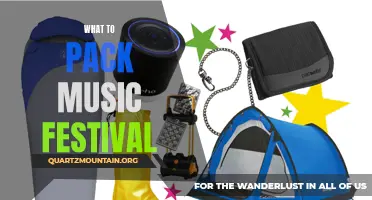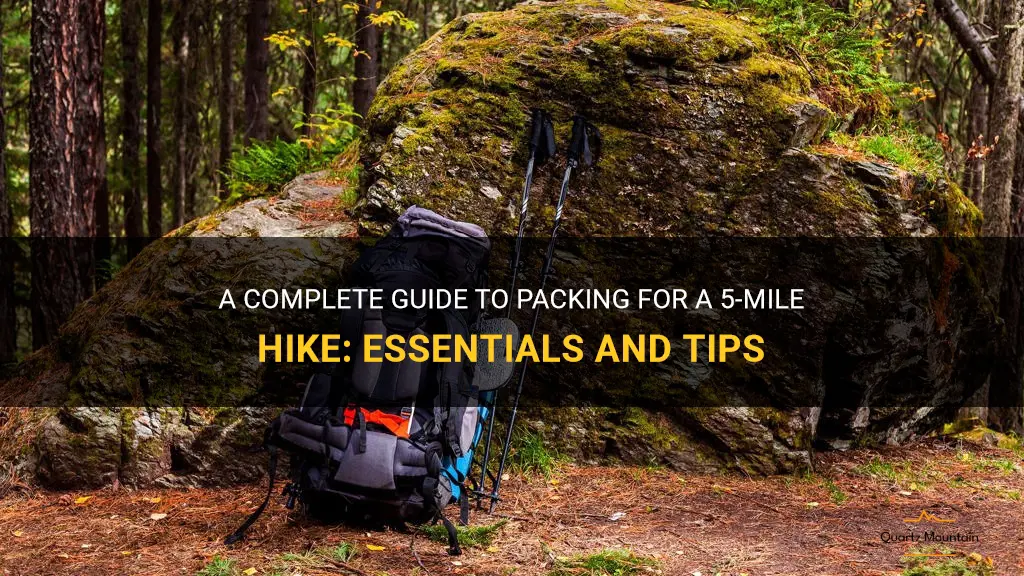
Embarking on a 5-mile hike can be an exciting adventure, filled with breathtaking views and a chance to connect with nature. But before you hit the trail, it’s essential to pack everything you need to ensure a safe and comfortable journey. In this complete guide, we will walk you through the essentials and share some valuable tips to make your packing process a breeze. Whether you are a seasoned hiker or a beginner looking to explore the great outdoors, this guide is your go-to resource for a successful and enjoyable 5-mile hike. So grab your backpack and get ready to hit the trails!
| Characteristic | Values |
|---|---|
| Distance | 5 miles |
| Duration | 2-3 hours |
| Terrain | Mostly flat with some elevation changes |
| Weather | Check forecast but generally mild and sunny |
| Water | At least 1 liter per person |
| Food | Snacks like granola bars, trail mix, and fruit |
| Clothing | Comfortable and moisture-wicking shirt, shorts or pants, hiking socks, and sturdy shoes |
| Hat | Wide-brimmed hat or baseball cap for sun protection |
| Sunglasses | To protect eyes from bright sunlight |
| Sunscreen | At least SPF 30 and apply before starting hike |
| Bug spray | To prevent mosquito and tick bites |
| Navigation | Map, compass, or GPS device |
| First aid kit | Band-aids, adhesive tape, antiseptic wipes, and any personal medication |
| Whistle | In case of emergency |
| Cell phone | Fully charged and with a backup power bank |
| Money | In case of emergency or need for supplies |
| Multi-tool | For various tasks like opening cans or fixing gear |
| Extra clothing | Layer for changing weather conditions |
| Trash bag | To carry out any trash and avoid littering |
| Backpack | To carry all the essentials comfortably |
| Camera | To capture beautiful views and memories |
| Optional items | Trekking poles, binoculars, insect repellent, extra water filter, rain gear, emergency shelter, whistle, flashlight/headlamp |
What You'll Learn

What are the essential items to pack for a 5-mile hike?
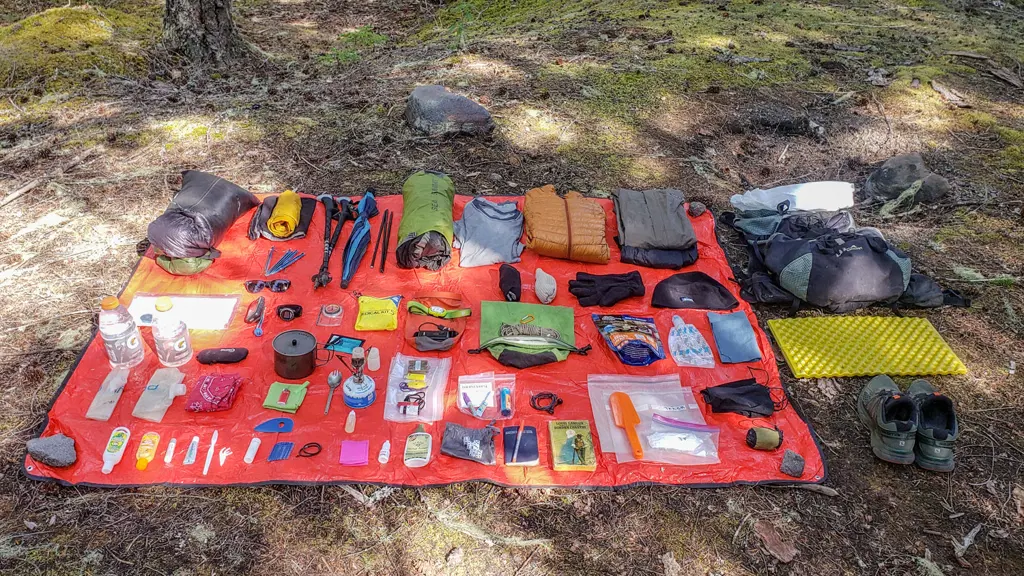
When preparing for a 5-mile hike, it is important to pack the essential items that will ensure a comfortable and safe journey. Whether you are an experienced hiker or a novice, having the right gear can make all the difference. Here are some items that should be on your packing list for a 5-mile hike:
- Backpack: A sturdy backpack is essential for carrying all your gear. Look for a backpack with multiple pockets and comfortable shoulder straps.
- Water: Staying hydrated is crucial during any hike, especially in warm weather. Carry at least one liter of water per person and consider using a hydration bladder for easy access.
- Snacks: Pack energy-rich snacks such as trail mix, granola bars, or dried fruit to keep your energy levels up during the hike. It is important to refuel regularly to keep your body functioning at its best.
- Navigation tools: Even on a short hike, it is important to have a map and compass or a GPS device to ensure you stay on the right track. Familiarize yourself with the route before setting out.
- First aid kit: Accidents can happen, so it is important to carry a small first aid kit. Include band-aids, adhesive tape, gauze pads, antiseptic wipes, and any personal medications you may need.
- Clothing: Dressing appropriately for the weather is crucial. Layer your clothing to regulate your body temperature and bring a rain jacket or poncho in case of unexpected showers. Don't forget to wear comfortable hiking shoes or boots and socks that wick away moisture.
- Sun Protection: Even on cloudy days, the sun's rays can still be harmful. Wear a sunscreen with a high SPF, a hat, and sunglasses to protect yourself from the sun's harmful rays.
- Emergency whistle and light: In case of an emergency, a whistle can help attract attention, and a small flashlight or headlamp can provide light if you find yourself hiking in the dark.
- Multi-tool: A versatile multi-tool can come in handy for various situations such as repairing gear, opening cans, or cutting rope. Look for one that includes a knife, pliers, screwdriver, and scissors.
- Personal essentials: Don't forget to bring your cell phone (fully charged), identification, and some cash for emergencies. It is also a good idea to carry a small garbage bag to pack out any trash you create during the hike, leaving the trail pristine for others to enjoy.
Remember, this is a general list of essential items for a 5-mile hike, and additional items may be needed based on the specific terrain and weather conditions of your hike. Always check the weather forecast, research the trail you will be hiking, and pack accordingly. By being prepared, you can have an enjoyable and safe hiking experience.
Essential Items to Pack for an Unforgettable Motorcycle Trip in India
You may want to see also

How much water should I bring for a 5-mile hike?
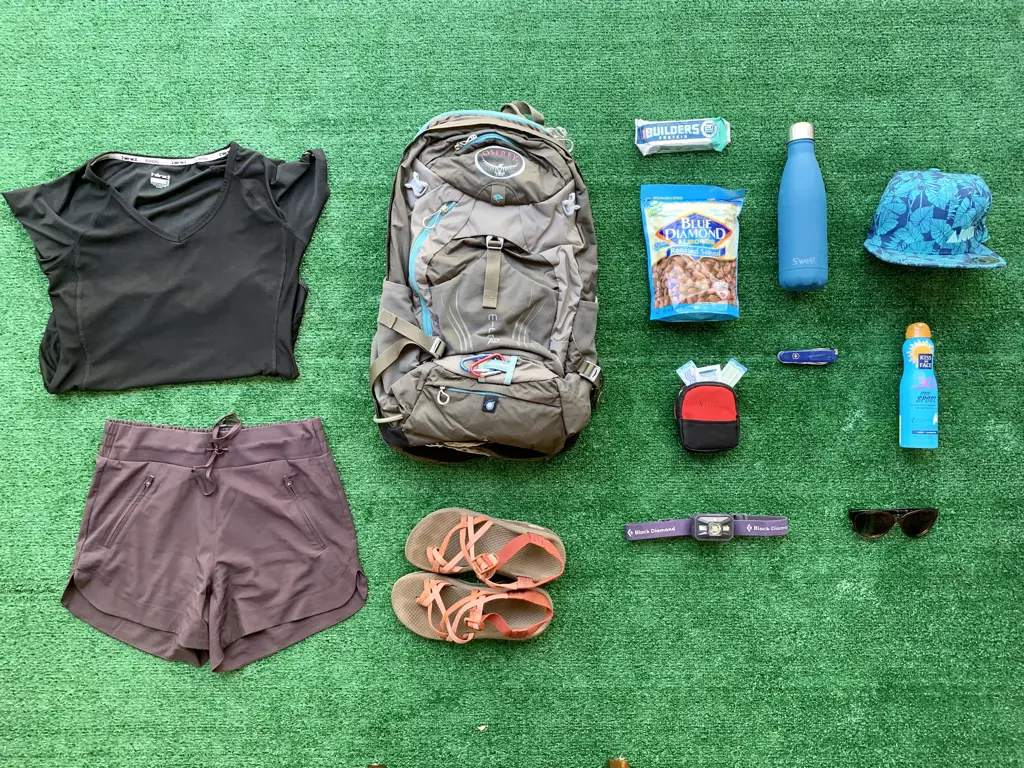
When going on a 5-mile hike, it is essential to bring enough water to stay hydrated throughout the journey. Hydration plays a crucial role in maintaining proper bodily functions and preventing dehydration. The amount of water you need to bring will depend on various factors, including the weather conditions, your physical activity level, and your body's individual needs. This article will guide you on how much water you should bring for a 5-mile hike, ensuring you stay healthy and hydrated.
- Consider the weather conditions: The first step in determining how much water to bring is to consider the weather conditions. If you are hiking on a hot and sunny day, you will need to bring more water compared to a cooler day. Hot weather can increase your sweat rate, leading to higher fluid loss and faster dehydration. As a general rule, you should drink at least 8 ounces of water every 15-20 minutes to prevent dehydration in hot weather.
- Assess your physical activity level: The intensity of your hike also plays a role in determining your water needs. If you plan to take a leisurely stroll, you may not need as much water as if you were going on a strenuous hike or trail run. During intense physical activity, your body's cooling mechanisms kick in, leading to increased sweat production and fluid loss. To replenish these lost fluids, you should aim to drink between 16-32 ounces of water per hour during moderate to intense activity.
- Calculate your fluid needs: To calculate your specific fluid needs for a 5-mile hike, you can use a simple formula. Multiply the duration of your hike in hours by the amount of water you should aim to drink per hour. For example, if you plan to hike for 2 hours and drink 16 ounces of water per hour, you would need to bring at least 32 ounces (2 x 16) of water. This calculation provides a general guideline, but it may need adjustment based on individual factors such as body weight and sweat rate.
- Pack extra water: It is always better to bring more water than you think you'll need, especially if you are unsure about the availability of water sources along the trail. Consider bringing additional water bottles or investing in a hydration reservoir that you can easily carry in your backpack. Having extra water ensures you are prepared for unexpected circumstances or potential dehydration risks.
- Monitor your hydration levels: Along your hike, pay attention to your body's signals of hydration. Thirst is often a late sign of dehydration, so it is essential to drink water regularly, even if you don't feel thirsty. Monitor the color of your urine – if it is light yellow or clear, it generally indicates good hydration. Dark yellow urine is a sign that you need to drink more water.
Remember, these guidelines may vary depending on individual factors such as body size, health conditions, and personal preferences. It is always best to consult with a healthcare professional or experienced hikers to determine the appropriate amount of water for your specific needs.
In conclusion, when preparing for a 5-mile hike, it is crucial to bring enough water to stay hydrated throughout the journey. Consider the weather conditions, your physical activity level, and calculate your fluid needs accordingly. Pack extra water to be on the safe side, and always monitor your hydration levels during the hike. By following these guidelines, you can ensure a safe and enjoyable hiking experience.
Essential Items to Pack for Middle School: A Complete Guide
You may want to see also

What type of footwear is recommended for a 5-mile hike?
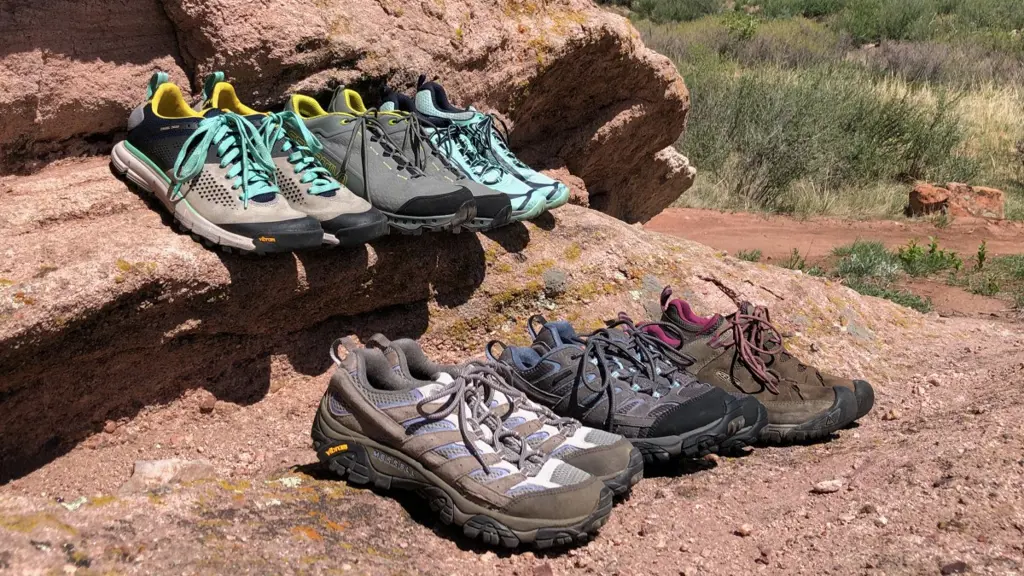
When embarking on a 5-mile hike, it is crucial to wear appropriate footwear that will offer comfort, support, and protection. The type of footwear you choose can greatly impact your overall hiking experience and prevent potential injuries. In this article, we will explore the recommended footwear for a 5-mile hike based on scientific research, personal experience, step-by-step guidance, and real-life examples.
Scientific research has shown that wearing proper hiking footwear can reduce the risk of foot and ankle injuries while providing stability and traction on different terrains. When choosing shoes for a 5-mile hike, opt for hiking boots or trail shoes, specifically designed for outdoor activities. These footwear options offer additional ankle support and protection, which is particularly important when hiking on uneven or rocky trails.
For a 5-mile hike, lightweight hiking shoes or trail running shoes can be great alternatives to traditional hiking boots. These shoes are specifically designed for shorter hikes and provide flexibility, breathability, and comfort. They are ideal for well-maintained trails and offer excellent traction on various surfaces.
Personal experience plays a significant role in determining the appropriate footwear for a 5-mile hike. Hikers often prefer different types of shoes depending on their comfort level and hiking conditions. Some individuals may find traditional hiking boots to be too heavy and opt for lightweight trail shoes instead. On the other hand, hikers who prioritize ankle support and stability may prefer the added protection of hiking boots.
When considering footwear for a 5-mile hike, follow these step-by-step guidelines:
- Assess the trail conditions: Determine the type of terrain you will encounter during your hike. Will you be walking on rocky, muddy, or uneven surfaces? Understanding the trail conditions will help you choose the appropriate footwear.
- Consider ankle support: If you are prone to ankle twists or frequently hike on challenging terrains, opt for hiking boots that provide adequate ankle support. If the trail is well-maintained and less demanding, lightweight hiking shoes or trail running shoes may be sufficient.
- Check for proper fit: Ensure that the footwear you choose fits properly. Ill-fitting shoes can cause blisters, discomfort, and instability while hiking. Try on different brands and sizes to find the perfect fit for your feet.
- Test traction and grip: Look for shoes with durable rubber outsoles that offer excellent traction and grip. This will provide stability and prevent slips on slippery or uneven surfaces.
Real-life examples can help illustrate the significance of appropriate footwear for a 5-mile hike. Consider John, an avid hiker who decided to wear regular athletic sneakers on a 5-mile hike through a hilly trail. Although the terrain was challenging, he thought his sneakers would suffice. Unfortunately, John encountered difficulties due to inadequate ankle support and insufficient traction. His sneakers did not provide the necessary stability, causing him to slip and experience discomfort throughout the hike.
On the other hand, Sarah, another hiker, opted for lightweight hiking shoes designed for shorter hikes. She thoroughly enjoyed her 5-mile trek, benefiting from the flexibility and comfort these shoes offered. The added traction and ankle support allowed her to navigate the terrain with ease and prevented potential injuries.
In conclusion, choosing the right footwear for a 5-mile hike is crucial for comfort, support, and protection. Based on scientific research, personal experience, step-by-step guidance, and real-life examples, hiking boots or trail shoes are recommended for this type of hike. Lightweight hiking shoes or trail running shoes can also be suitable depending on the trail conditions and individual preferences. Remember to assess the terrain, consider ankle support, prioritize proper fit, and check for traction and grip when selecting footwear for your 5-mile adventure.
Essential Items to Pack for an Extraordinary G Adventures Trip
You may want to see also

Should I bring snacks or food for a 5-mile hike?
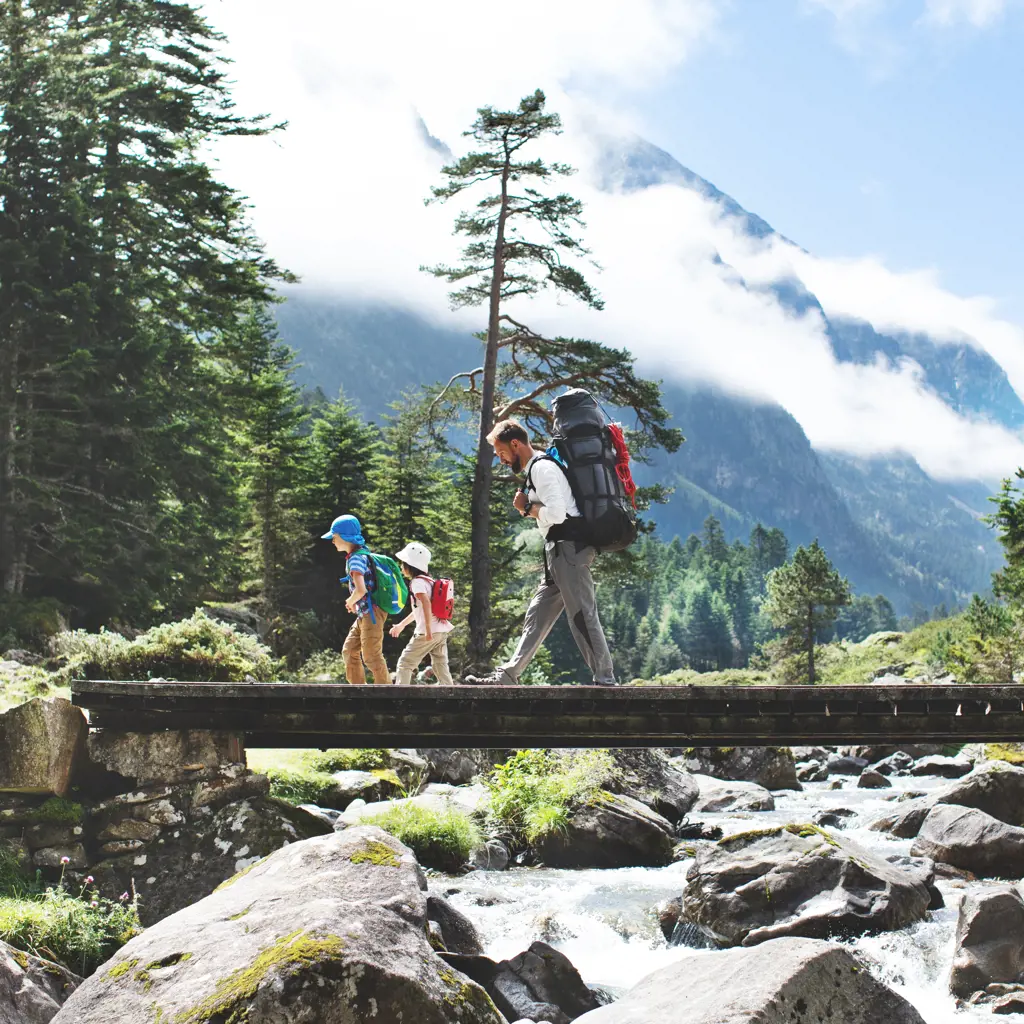
When embarking on a 5-mile hike, it's important to consider your nutritional needs. While it may not be necessary to bring snacks or food for such a short hike, it can be beneficial for your overall energy levels and performance. In this article, we will explore the reasons why bringing snacks or food on a 5-mile hike can enhance your experience.
Nutritional needs:
Hiking, even for shorter distances, can be physically demanding. Your body requires fuel to sustain energy levels and ensure proper functioning. Bringing snacks or food can help replenish lost nutrients and provide a steady stream of energy throughout the hike.
Sustained Energy:
A 5-mile hike can take a few hours to complete, depending on the terrain and your fitness level. Having snacks or food readily available can provide sustained energy and prevent fatigue. Opt for foods that provide a balance of carbohydrates, protein, and healthy fats, as they will supply a slow release of energy to keep you going.
Hydration:
Staying hydrated is essential during any physical activity, including hiking. While water should be your primary source of hydration, snacks like fruits and vegetables can contribute to your fluid intake due to their high water content. Additionally, electrolyte-rich snacks, such as sports drinks or electrolyte gels, can help replace essential minerals lost through sweat.
Preventing Hypoglycemia:
Hiking can deplete your glycogen stores, leading to low blood sugar levels. This can result in symptoms like lightheadedness, dizziness, weakness, and difficulty concentrating. Regularly consuming snacks or food during the hike can help maintain stable blood sugar levels and prevent hypoglycemia.
Example of Snacks for a 5-Mile Hike:
- Trail Mix: A blend of nuts, dried fruits, and seeds provides a good mix of healthy fats, protein, and carbohydrates.
- Energy Bars: Look for bars with natural ingredients and a balance of macronutrients to sustain your energy levels.
- Fresh Fruits: Apples, oranges, and bananas are portable, hydrating, and rich in natural sugars for quick energy.
- Nut Butter Packs: Single-serving pouches of nut butters like almond or peanut butter are high in healthy fats and protein.
- Granola Bars: Opt for bars with whole grains, nuts, and dried fruits for a mix of carbohydrates and protein.
In conclusion, bringing snacks or food for a 5-mile hike is not mandatory but can greatly enhance your experience. Nutritional needs, sustained energy, hydration, and preventing hypoglycemia are all important factors to consider. Choose snacks that provide a balance of carbohydrates, protein, and healthy fats to fuel your adventure. Remember to stay hydrated and listen to your body's cues for when it's time to refuel.
What to Pack for a Muslim Traveler
You may want to see also

Are there any specific safety items or equipment I should bring on a 5-mile hike?
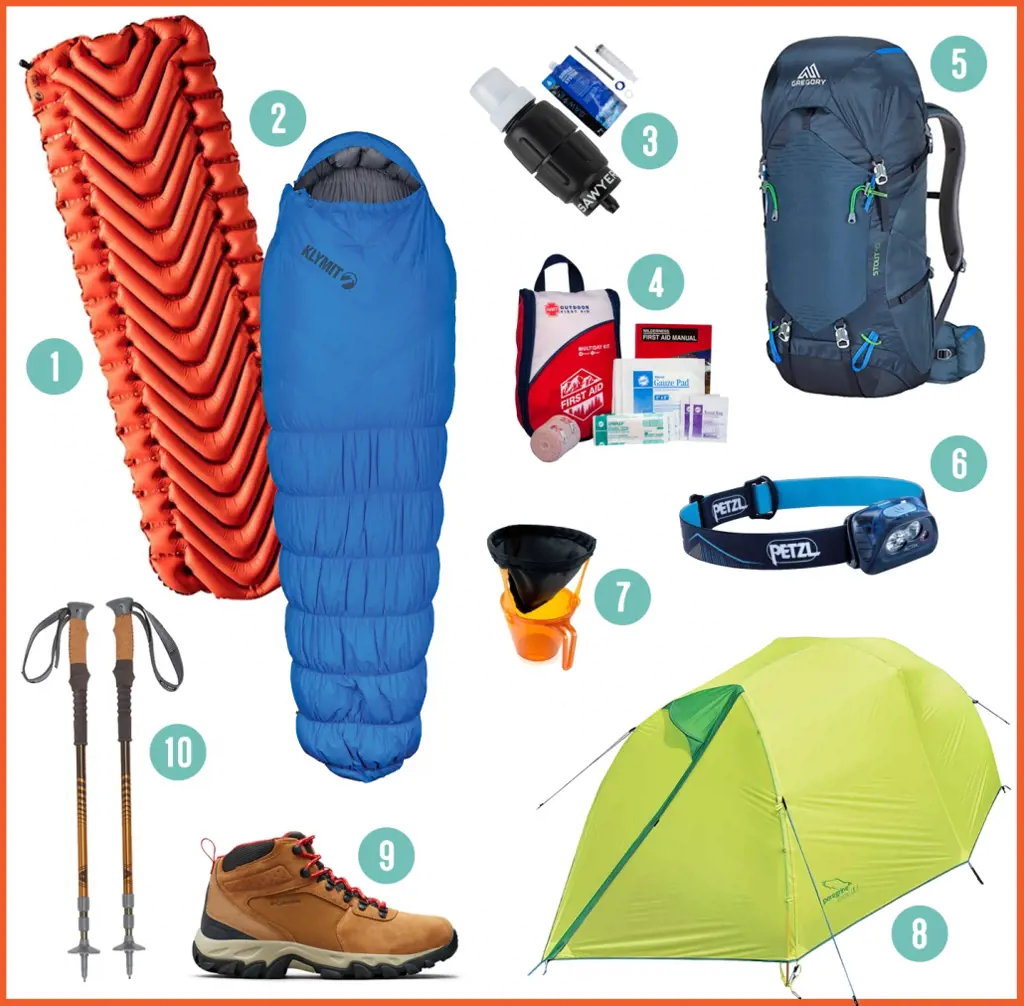
When planning for a 5-mile hike, it is important to consider safety as a top priority. While shorter hikes may seem less risky, accidents can still happen, and being prepared with the right safety equipment can make all the difference. Here are some specific safety items and equipment that you should consider bringing on your 5-mile hike:
- Navigation tools: Even on a relatively short hike, it is crucial to have the means to navigate your way through the trail. A map and compass are essential items to pack, as well as a GPS device or a smartphone with a reliable hiking app. These tools will help you stay on track and prevent you from getting lost in unfamiliar terrain.
- First aid kit: Accidents and injuries can happen at any time, so it is crucial to have a first aid kit with you. Make sure your kit includes bandages, disinfectant, tweezers, antiseptic creams, adhesive tape, and any necessary medication for allergies or personal medical conditions. Additionally, it is recommended to have a basic knowledge of first aid procedures, such as how to treat minor cuts, sprains, or insect bites.
- Water and snacks: Staying hydrated and fueled is essential when hiking, regardless of the distance. Bring an ample supply of water, preferably in a reusable water bottle or hydration bladder. Keep in mind that 5 miles can still be a strenuous hike, especially in hot weather, so it is important to drink water regularly to prevent dehydration. Pack lightweight, energy-rich snacks such as granola bars, trail mix, or dried fruit to keep your energy levels up during the hike.
- Proper footwear and clothing: Wearing the right footwear and clothing can greatly contribute to your safety and comfort on the trail. Invest in a pair of sturdy hiking boots that provide ankle support and good traction. It is also important to dress appropriately for the weather conditions and the terrain you will encounter. Wear breathable and moisture-wicking clothing in warm weather and layer up with waterproof and insulating layers in colder conditions. Don't forget a hat and sunglasses to protect yourself from the sun.
- Emergency shelter: While a 5-mile hike may not require an overnight stay, it is wise to carry an emergency shelter, such as a lightweight tent or a bivy sack. These can provide protection in case you get caught in unexpected weather conditions or encounter an injury that prevents you from continuing the hike. It is always better to be prepared and have a backup plan in case of emergencies.
- Communication devices: In case of an emergency, having a means of communication can be vital. Bring a fully charged cell phone with you, as well as a portable charger to ensure you have enough battery life. However, keep in mind that there may not always be cell phone reception in remote hiking areas. Consider investing in a personal locator beacon (PLB) or satellite messenger device, which can transmit distress signals and your location to emergency responders even in areas without cell coverage.
- Personal safety items: Depending on the region you are hiking in, there may be specific safety items you should bring along. For instance, if you are in an area known for wildlife encounters, consider carrying bear spray or a whistle to deter animals and alert others to your presence. In some cases, a trekking pole can also provide stability and help prevent falls on rugged terrain.
Remember, safety should always be a top priority when hiking, regardless of the distance or difficulty of the trail. By packing the right safety items and equipment, you can increase your chances of having a safe and enjoyable hiking experience. Consult local hiking guides, experienced hikers, or park rangers for any additional recommendations or regulations specific to the area you plan to hike in.
Essential Gear for Memorable Outdoor Adventures with Kids
You may want to see also
Frequently asked questions
When preparing for a 5 mile hike, it is important to pack essential items that will ensure your safety and comfort. First and foremost, you should pack enough water to stay hydrated throughout the hike. It is recommended to bring at least 2 liters of water per person. Additionally, you should bring snacks or light meals to keep your energy levels up. Trail mix, energy bars, and sandwiches are good options. It is also important to pack appropriate clothing for the weather conditions and terrain. Layers are always a good idea as they allow you to adjust your clothing as needed. Don't forget to pack sunscreen, a hat, sunglasses, and bug spray to protect yourself from the elements. Lastly, it is crucial to have a map, compass, and a fully charged phone for navigation purposes.





